How To Get Rid Of Perennial Weeds For Good
Title: How to Get Rid of Perennial Weeds for Good
Introduction:
Weeds are a common problem in gardens and lawns. They can be unsightly, unhealthy, and even harmful to plants. Perennial weeds are the most difficult to control, as they can regrow from their roots even after being pulled or dug up.
If you're struggling with perennial weeds, don't worry, you're not alone. There are a number of effective ways to get rid of them for good. In this blog post, we'll discuss some of the most common methods, as well as some tips and tricks to help you get the job done.
Main Content:
1. Pull or dig up the weeds.
This is the most basic way to get rid of perennial weeds, but it's not always the most effective. If you only pull up the top part of the weed, the roots will remain in the ground and regrow. To ensure that the weed is completely removed, you need to dig up the entire root system. This can be difficult to do, especially with large or deep-rooted weeds.
2. Use a hoe or cultivator.
A hoe or cultivator can be used to slice through the roots of perennial weeds, making it easier to remove them. This method is best for small areas of weeds or for weeds that are just starting to grow.
3. Apply a herbicide.
Herbicides are chemicals that can kill weeds. There are a variety of herbicides available, both over-the-counter and by prescription. When choosing a herbicide, it's important to select one that is specifically designed for perennial weeds. You should also follow the directions on the label carefully to avoid harming other plants.
4. Cover the weeds with mulch.
Mulch can help to smother perennial weeds by blocking out sunlight. This will prevent the weeds from photosynthesizing and eventually kill them. Mulch can also help to improve the drainage and fertility of your soil, which can make it less hospitable to weeds.
5. Practice good garden hygiene.
Weeds can spread by seed, so it's important to remove any weeds that you see as soon as possible. You should also rake up and dispose of fallen leaves and other debris, as these can harbor weed seeds.
6. Plant weed-resistant plants.
Some plants are more resistant to weeds than others. If you're having trouble with perennial weeds, consider planting a variety of weed-resistant plants in your garden. This will help to create a more balanced ecosystem and make it more difficult for weeds to take over.
Conclusion:
Getting rid of perennial weeds can be a challenge, but it's definitely possible. By following the tips in this blog post, you can get rid of these pesky weeds for good and enjoy a beautiful, weed-free garden.
Perennial weeds are a common problem in gardens and lawns. They can be difficult to control, as they often have deep roots that can regrow even if the top of the plant is removed. If you are struggling with perennial weeds, there are a number of resources available to help you.
One great resource is the Home Gardening. This website provides comprehensive information on a variety of perennial weeds, including their identification, control methods, and prevention tips. You can also find a wealth of other gardening resources on the website, such as articles, videos, and plant lists.
To learn more about perennial weeds, visit the Home Gardening today.
FAQ of perennial weeds
- What are perennial weeds?
- Perennial weeds are plants that live for more than two years. They typically have a deep root system that allows them to survive harsh conditions and come back year after year. Some common examples of perennial weeds include dandelions, crabgrass, and bindweed.
- How do perennial weeds spread?
- Perennial weeds can spread in a variety of ways, including:
- Reseeding: Many perennial weeds produce seeds that can travel long distances in the wind or water.
- Rhizomes: Some perennial weeds, such as dandelions and Bermuda grass, have underground stems called rhizomes that can grow and spread rapidly.
- Bulbs: Some perennial weeds, such as onion grass and crocus, produce bulbs that can survive winter and sprout new growth in the spring.
- Perennial weeds can spread in a variety of ways, including:
- How can I get rid of perennial weeds?
- There are a number of ways to get rid of perennial weeds, including:
- Hand pulling: This is the most effective way to remove perennial weeds, but it can be time-consuming and labor-intensive.
- Solarization: This involves covering the affected area with clear plastic for several weeks, which kills the weeds by depriving them of sunlight.
- Herbicides: There are a variety of herbicides available that can kill perennial weeds. However, it is important to use herbicides carefully and only on areas where you want to kill the weeds.
- There are a number of ways to get rid of perennial weeds, including:
- How can I prevent perennial weeds from coming back?
- The best way to prevent perennial weeds from coming back is to remove them as soon as you see them. You can also help to prevent weeds by:
- Aerating your soil: This will help to improve drainage and make it more difficult for weeds to establish themselves.
- Mulching your beds: Mulch will help to suppress weed growth and retain moisture in the soil.
- Watering your plants deeply and regularly: This will help to make your plants more resistant to weeds.
- The best way to prevent perennial weeds from coming back is to remove them as soon as you see them. You can also help to prevent weeds by:
Image of perennial weeds
10 different images of perennial weeds that are free to use:
- Dandelion (Taraxacum officinale):

- Purslane (Portulaca olearacea):
- Chickweed (Stellaria media):
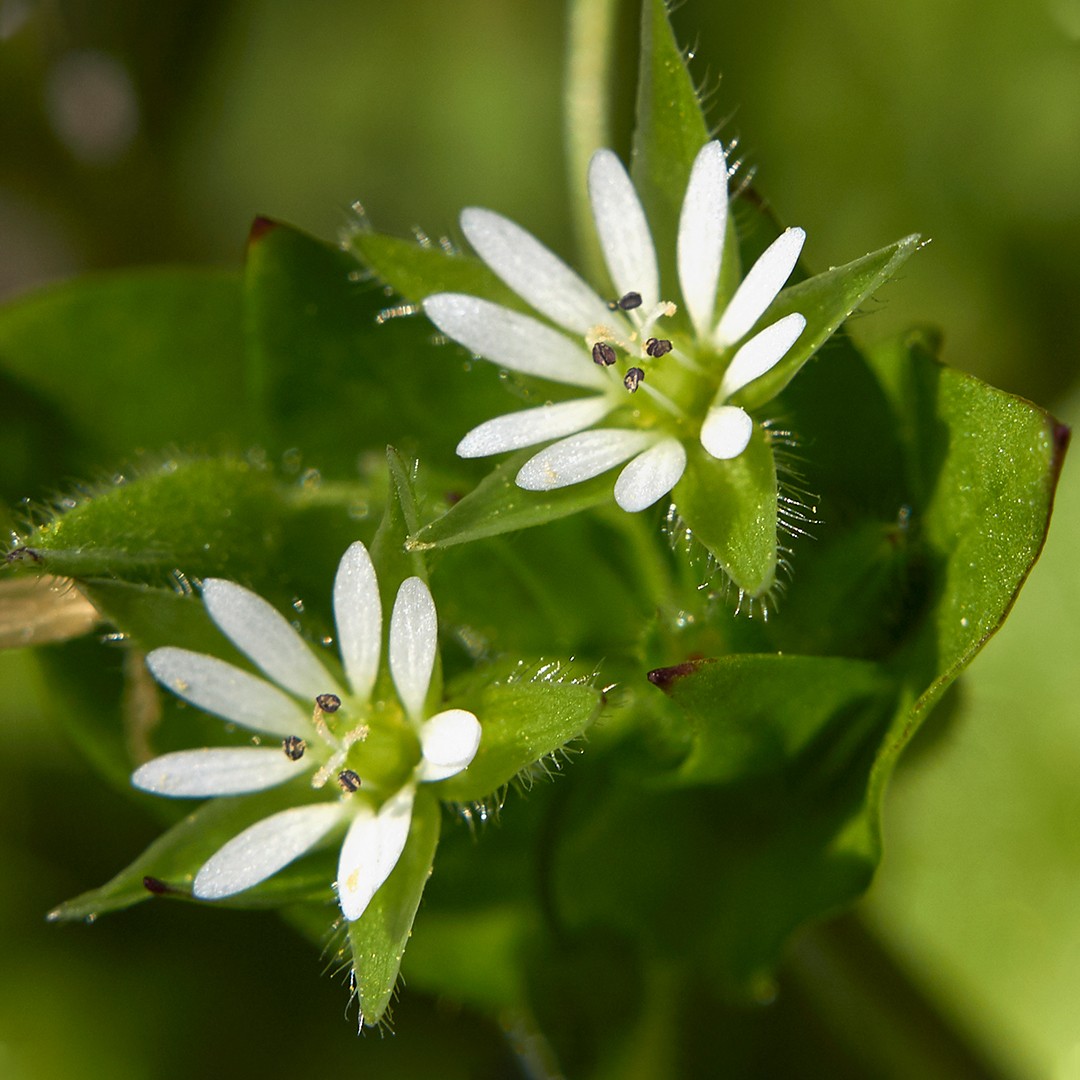
- Plantain (Plantago major):
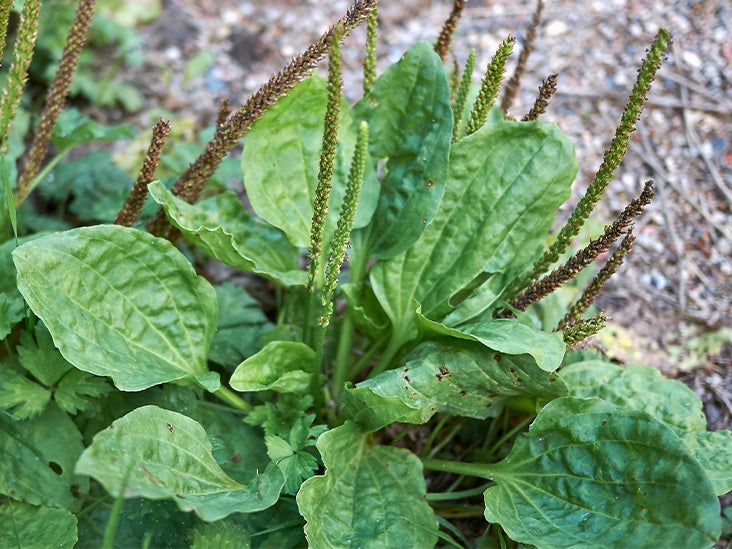

- Lambsquarters (Chenopodium album):


- Crabgrass (Digitaria species):
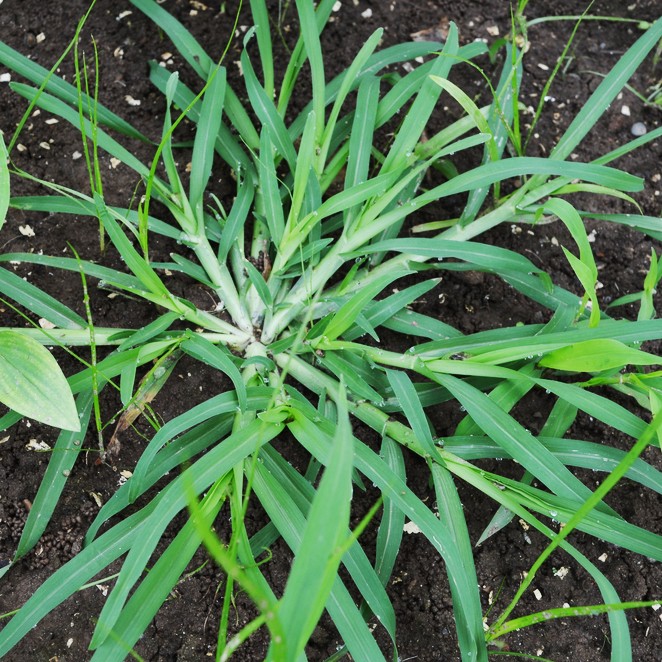
- Nutsedge (Cyperus esculentus):
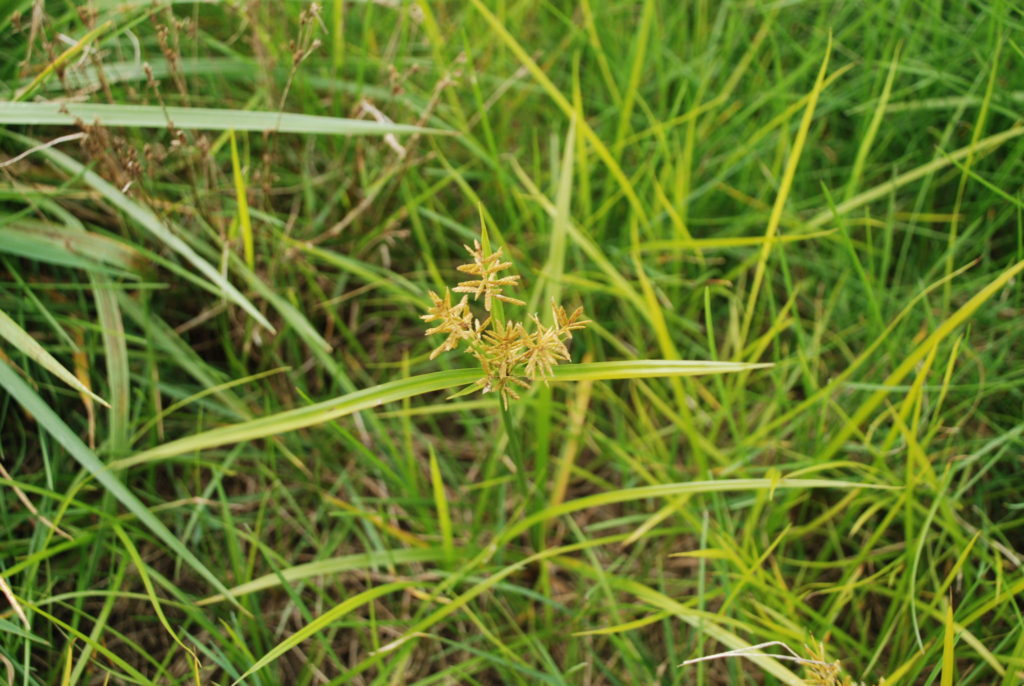
- Creeping Charlie (Glechoma hederacea):
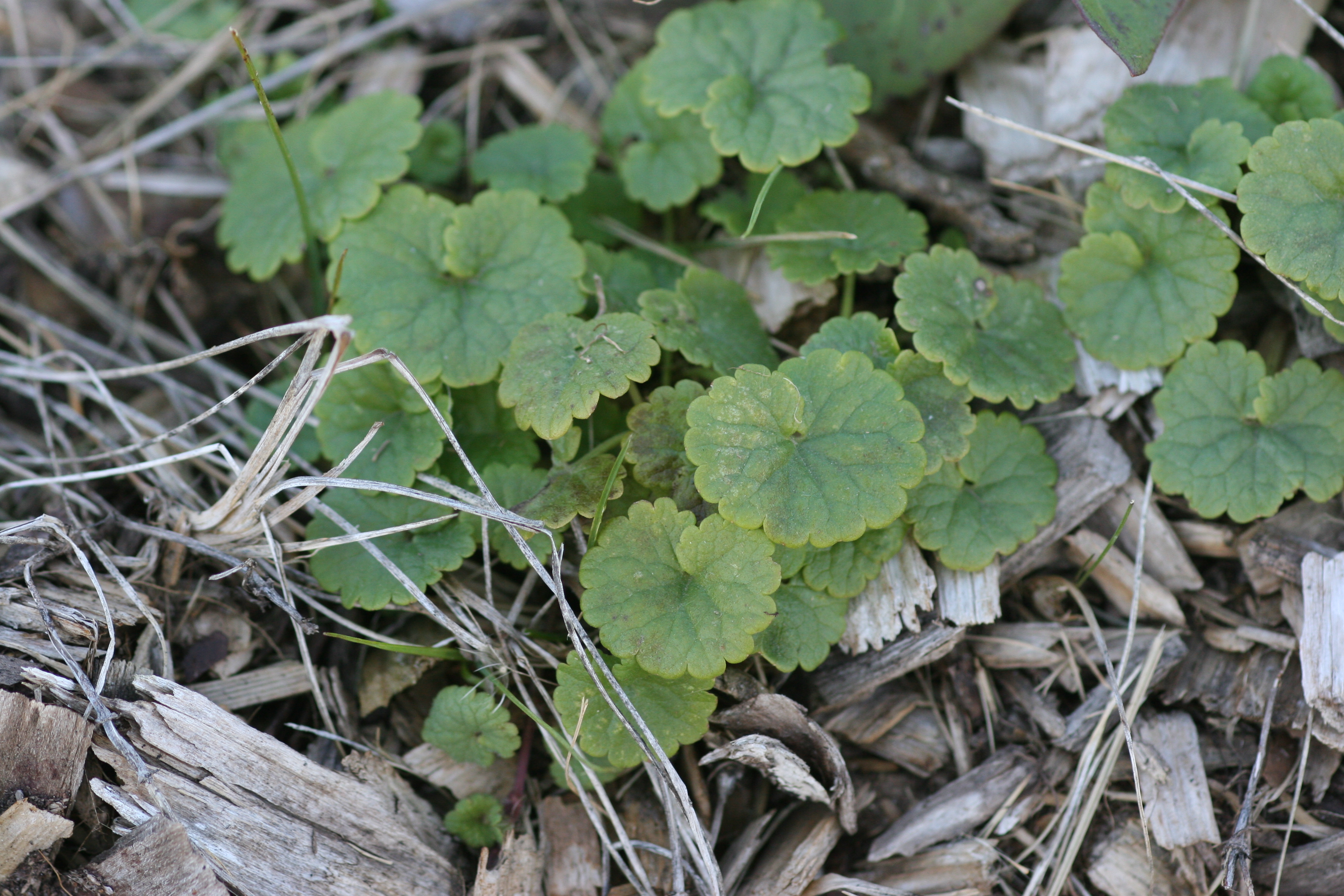

- Bindweed (Convolvulus arvensis):
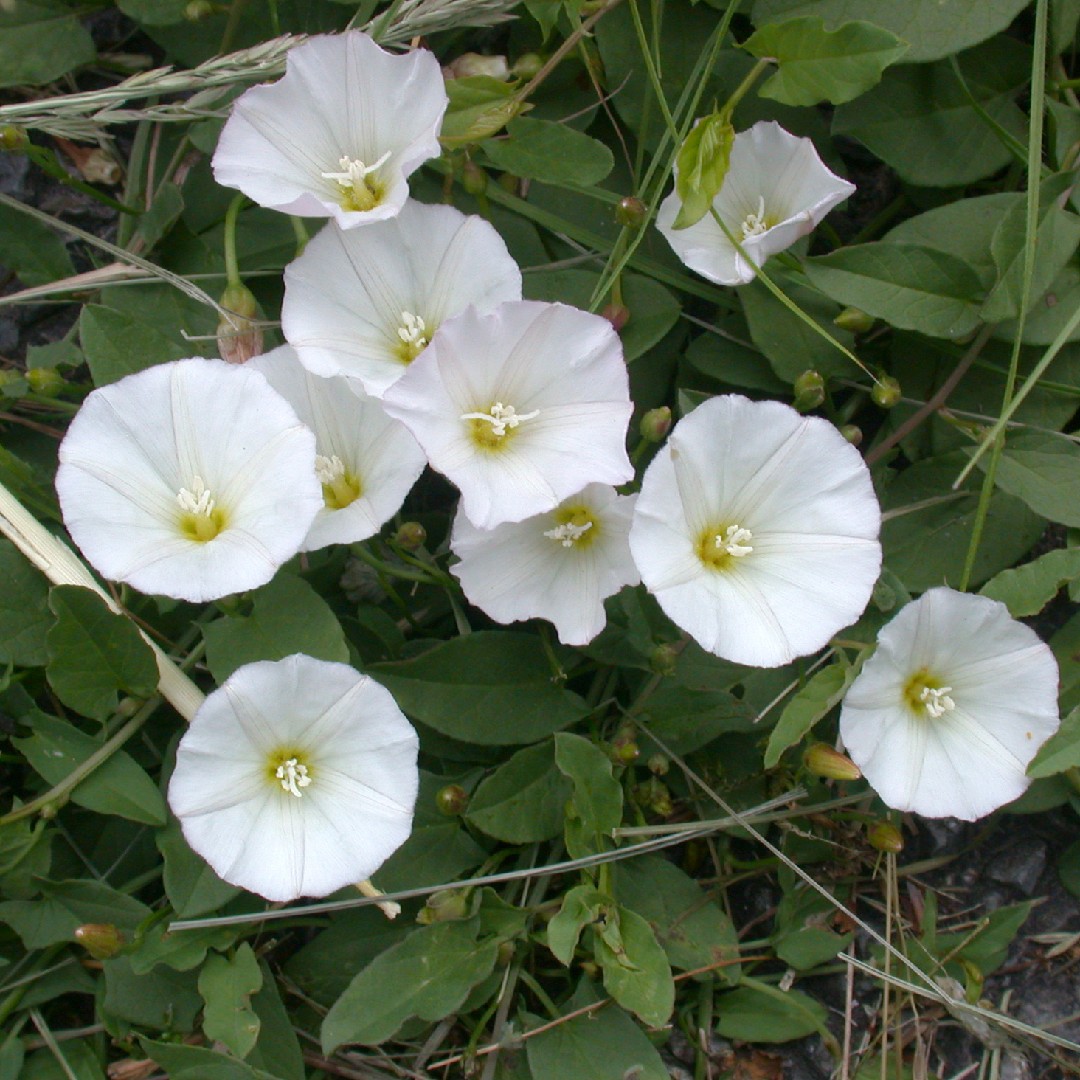
- Horseweed (Conyza canadensis):
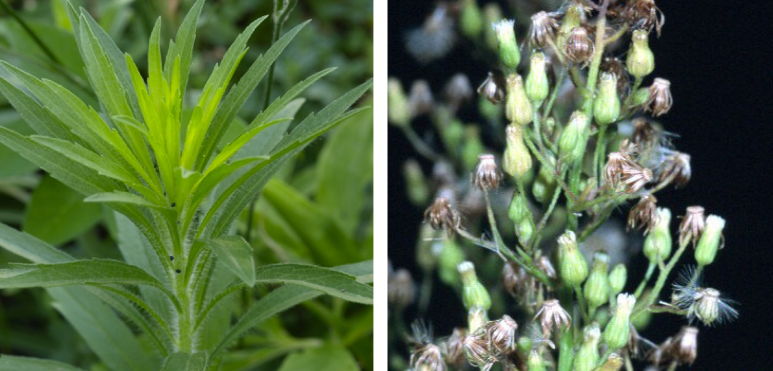



Post a Comment for "How To Get Rid Of Perennial Weeds For Good"